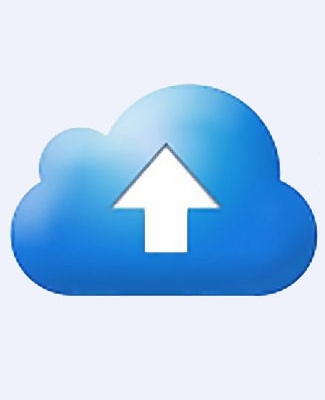Microsoft Adds Azure Cloud Mobile Services

Microsoft has added online resources boosting Azure as a mobile app cloud backend, as it looks to draw developers
Microsoft is hoping to lure mobile app developers to its Azure cloud platform with a fresh batch of service offerings and resources.
Nick Harris, technical evangelist for Windows Azure, pointed out in a recent blog post the strides his company has made since it first launched the Windows Azure Mobile Services public preview last year.
Windows Azure Store
Azure Mobile Services got a big push in November 2012 with the release of new Windows Azure Store during the Build 2012 developer conference when Microsoft announced support for Windows Phone 8, in addition to Windows 8 and Apple iOS.
The goal is to make it easy for developers to connect mobile apps to Windows Azure. Satya Nadella, Microsoft Server and Tools president, has touted how the Azure’s cloud backend makes is possible for third-party apps like USA Today to provide push notifications across Windows 8 and Windows 8 Phone apps using a single framework.
 Today, Microsoft is highlighting the strides it has accomplished since in making Azure a developer-friendly cloud platform for iOS and Windows app makers (Android soon).
Today, Microsoft is highlighting the strides it has accomplished since in making Azure a developer-friendly cloud platform for iOS and Windows app makers (Android soon).
And sensing an opportunity for its growing cloud business – even if it services the products and app ecosystems of its rivals – Microsoft is rolling out the red carpet for developers that may be tiring of its competitors’ cloud infrastructures.
While not immune to glitches, Azure has weathered outages better than Amazon – at least in the public eye.
Last summer, Amazon suffered a lengthy and high-profile outage that crippled several sites. In addition, Netflix pointed to Amazon as the culprit beyond an outage that rendered its streaming services inaccessible for many of its users during the crucial holiday break.
New capabilities
Microsoft, for its part, has been heaping on new capabilities and dangling more carrots. Harris noted in a company blog post that since flipping the switch on the Windows Azure Mobile Services public preview, his company has delivered “SDKs for Windows Store, Windows Phone 8 and iOS apps” and enabled features like “Auth using Microsoft Account, Facebook, Google and Twitter”.
A new scheduler enables time-based activities, like the aggregation of feeds and delivery of notifications, for example.
Harris also said that the platform supports push notification support via the Windows Push Notification Service (WNS), Microsoft Push Notification Service (MPNS) and Apple Push Notification Service (APNS) protocols.
Lastly, Windows Azure Mobile Services now supports structured storage and has expanded its footprint globally. Since launch, it has been deployed in Microsoft’s North Europe, East and West US data centres.
To help get developers up to speed, the company rolled out new, self-serve educational resources. They include a video series that tackles topics like using Windows Azure Mobile Services Quick Start to create an iOS app to authenticating and authorising users with server scripts.
Code Gallery
The education continues with MSDN Code Gallery samples and tutorials. “These samples demonstrate step-by-step how you can use the key functionality available within Windows Azure Mobile Services in your Windows Store apps,” blogged Harris.
Code snippets include geolocation using Bing Maps and the Azure Mobile Services backend, uploading files to Windows Azure Blob Storage and configuring tile, toast and badge push notifications.
Microsoft is further sweetening the deal with a 90-day free trial that includes 10 free mobile services.
Do you know all about public sector IT – the triumph and the tragedy? Take our quiz!
Originally published on eWeek.